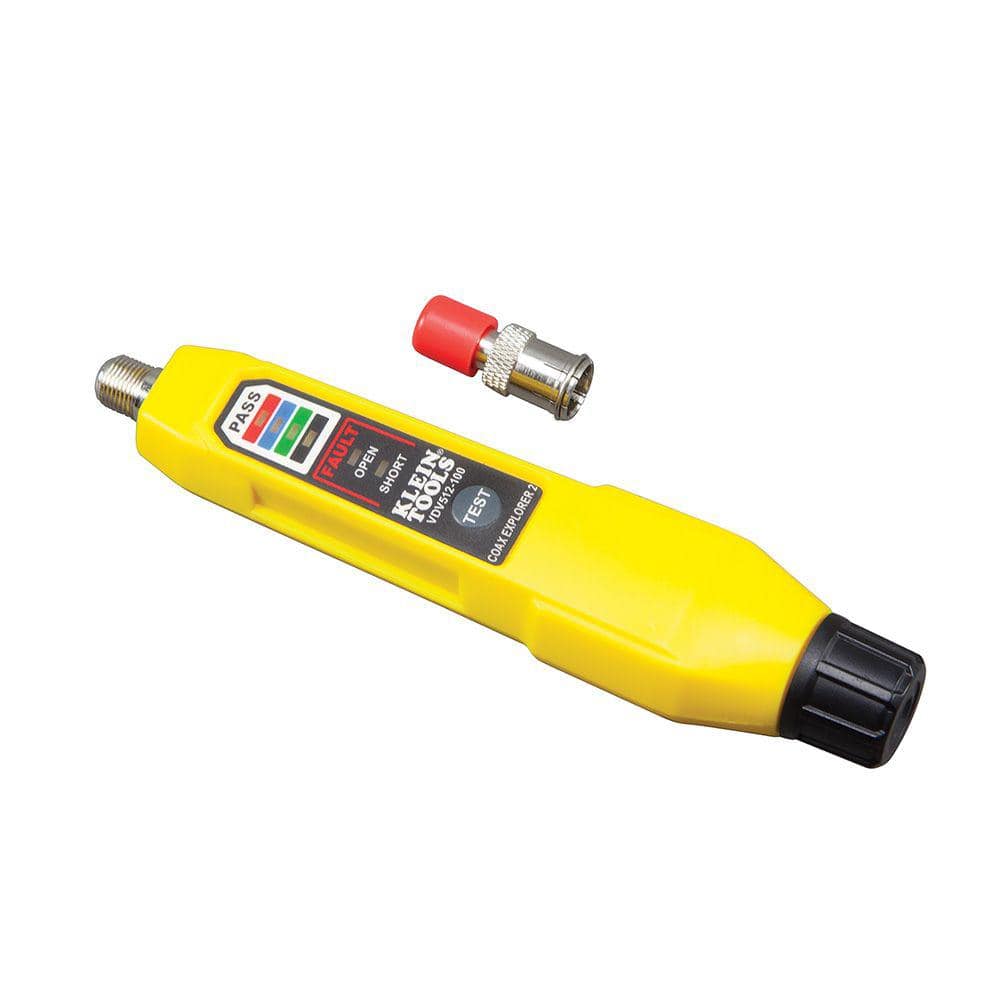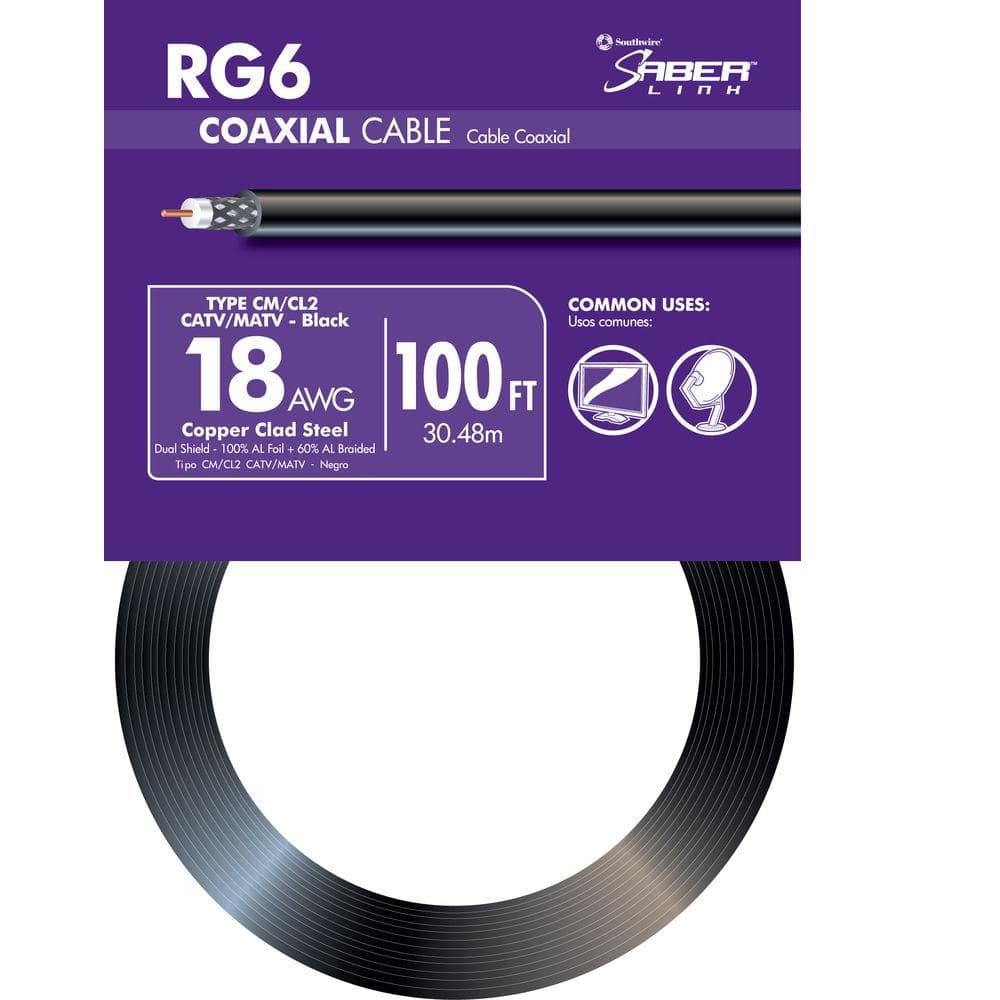I unplugged the Amiko receiver and also reset it to default, but the satellite signal strength is always zero.
I had ordered a new receiver from Amazon at the same time as the crimping kit, and I got the receiver yesterday.
I bought the cheapest one in case it gets fried.
Amazon product ASIN B0817ZN2MLView: https://www.amazon.ca/Satellite-Receiver-Decoder-Supports-PowerVu/dp/B0817ZN2ML
I installed the Koqit receiver yesterday, and as soon as I went into the antenna installation, I could see that the satellite signal strength was always at about 90%. I did a super satellite scan, it found a bunch of channels, including RTPi, but the video of all the channels had total artifacting, the audio was ok. I deleted all the channels and did every possible type of scan, but all the channels still had total video artifacting and the RTPi channel was never found again. I did a factory reset and tried again, but with the same results, total video artifacting on all channels and RTPi can't be found.
I left it for a few hours, and when I went to try it again, the satellite signal strength was at zero. I unplugged and replugged it, but it was still at zero. I reset it to factory default and the signal strength was back at 90%. I did a few more blind, TP, and satellite scans, but with the same results as above.
I'm sure the brass connector I crimped has a good connection, so the problem is either the cable or the LNB.
At this point, I guess I'll have to call a satellite tech. to repair it. How much do a new LNB and 50-ft of RG6 cable cost? Would it be worth it to get a new 3-ft dish system to replace the 7-ft dish?
A new 3-ft FTA system costs about $300 plus installation.
Satpro.tv is your one stop shop for all your Satellite, Cable and Marine product needs. We offer a full line of Satellite Meters, Cable Signal Meters and Testers. Satellite LNB, Multiswitches, Cable Tools, Coax Cable and Connectors, Satellite Dish Heaters and satellite Dishes. SatPro's Marine...

www.satpro.tv
Thanks.






